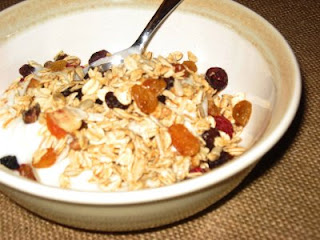December 4-10 is credited as National Handwashing Awareness Week. The celebration aims to increase public awareness about the importance of handwashing. For health care workers such nurses, handwashing has been part of their standard operating procedure. For these professionals who often appear wearing a nursing scrubs and support hose, handwashing is a vital requirement since they have hands-on daily contact with their patients. And it is only through properly washing of hands before and after holding something in which they can control the spread of infection from one patient to another or from nurse to patient in the hospital.
Handwashing may seem to be just a very simple procedure for nurses in support hose but has a vital role in ensuring safety of their patients against infectious diseases. And while writing this article, I found this very interesting infographics regarding the different disease-causing agents that might exist in nurses’ hands once they failed to wash their hands.
Hepatitis A virus – this is among the infectious and epidemical viruses that attack the liver. It might exist in the hands of a person wearing a nursing scrubs and support hose since the mode of transmission is through fecal-oral route.
Staphylococcus – This bacteria that appear in grape-like clusters under the microscope are the most commonly causes of skin infection. It can be acquired from other person who are already infected by the said bacteria however, could be prevented if proper infection control will be observed.
Pseudomonas - This bacteria is commonly found not just in homes but also in hospitals. Hence; patients and health care workers wearing support hose are also susceptible to acquire this disease-causing pathogen. Pseudomonas is usually transmitted through direct contact but indirect contact is also possible.
Haemophilus – The bacteria is known for causing quite serious illnesses such as meningitis, epiglottitis, pneumonia, generalized infection, etc. Haemophilus bacteria, which are transmitted through direct contact, inhibit in the respiratory tract of healthy person and do not immediately revealed signs and symptoms.
Shigella – Shigella are contagious bacteria that primarily cause intestinal infection. A person infected by shigella bacteria will experience bloody diarrhea and severe intestinal pain. The bacteria is also transmitted through fecal-oral route hence; observing good sanitation such as proper handwashing is very important.
Streptococcus Pneumoniae – Also known as pneumococcus, this bacterium causes serious infections of the lungs, middle ear, lining of the brain, and bacteria. These pneumococcal diseases most commonly occur among young children but elderly or those with serious medical conditions or chronic disorders that primarily affect the lungs, heart, or kidney as well as those who are alcoholics, diabetics, with sickle cell anemia, and the likes. The bacteria is spread through airborne or direct exposure to the respiratory droplets of infected person.
All these bacteria could be prevented if everyone will make it a habit to wash their hands before and after holding something.




































